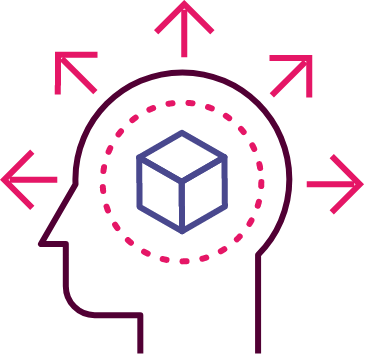
E-commerce
Our very own e-commerce platform built for you
We have developed our very own e-commerce solution specifically tailored to you. It starts with in-depth feasibility and needs analysis, with the final product being a complete enterprise e-commerce platform that supports your existing business processes and model. We are not just technology suppliers but partners striving to grow your e-commerce business. We create real value by collating your business needs into one e-commerce platform.
Novicell’s e-commerce platform features
“The cooperation and dynamics of the development process have been excellent. You can’t look up a book and read about how a commuter web app should work or look, so the collaboration was crucial. Novicell has been great at finding solutions that are user-friendly and easy for us to handle”.
We are technology agnostic
Large ‘pre-packaged’ e-commerce software products are often built with one business model in mind, but what if your business doesn’t suit this ‘one size fits all’ approach?
Here at Novicell, we are technology agnostic, meaning we only develop e-commerce solutions that consider your specific current and future business needs. Ultimately, technology is our tool, not our goal.

Business fit
What we do matches our clients and their future. The platform lifecycle itself should align with the digital roadmap in place and the constraints that may exist.

Modern architecture
We need to be able to scale when necessary. All data should flow in real time. Everything should also be API-driven to trigger processes in other systems.

Best-of-breed technologies
At Novicell, we have been advocating a best-of-breed approach to system selection for many years. This means choosing the digital tools that best solve the task for a given client's needs should be possible. As a digital partner, this enables us to connect digital devices with the right architecture for a well-functioning platform.

Stability and longevity
We prioritise platform and standard solutions over custom solutions: more configuration and less coding. Our customers should not be the first movers in critical business areas regarding technologies. This approach allows us to avoid critical errors and startup issues.

Supplier-independent
Our clients should not be tied to a single supplier or us. This means there must be at least two suppliers of the specific service in the market before we choose to use it. Additionally, our clients should fully own their code so they are not locked into using our services.

Branding
We can deliver your solution in your company’s existing visual identity or make it flexible so you can build visual subdomains for your different brands.

Project management
Our team of diligent project managers are committed to tracking the development of your project and providing you with full transparency throughout.
We are experts in a variety of CMS platforms
Novicell has delivered over 200 Umbraco solutions. Our expertise is your guarantee that you will receive a best-in-class Umbraco solution. Read more about Umbraco here.
With WordPress, you get a flexible, user-friendly, high-quality solution that embraces your entire business. Read here how Novicell can help you.
Dynamicweb offers secure Ecommerce, CMS and PIM in the same platform. Novicell is a Dynamicweb Premium Solution Partner and we ensure that your company can present product information, prices and campaigns in one well-designed Dynamicweb interface. Read more here.
Contentful is for anyone who wants a modern platform for multichannel & omnichannel content management. Read more about how Novicell can help you.
Novicell's technology model
In implementing new and existing solutions, Novicell has developed a technology model. The technology model has emerged because, for many years, Novicell has been building solutions from scratch and experiencing the complexity it entails. However, things have changed since then, thanks partly to technological advancements. The market now offers a range of standard platforms and frameworks that solve the customer's problem just as well, if not better, with significantly lower risk and time to market.

-
Platforms
We strive to address the customer's needs by finding platforms that meet those needs. If there is no existing platform, we explore the market for standards and frameworks.
-
Standards/Frameworks
Suppose there is no market platform that adequately addresses the customer's needs. In that case, we begin searching for standards and frameworks that can help ensure an efficient implementation with lower risk.
-
Custom-built
If no platforms or standards are available on the market, and the customer's requirements differ significantly from others, we choose to build a custom solution.
What does the future hold for commerce?
Read about related services
Browse our insights
Speak to us about e-commerce opportunities
The simplest way to get in touch is to complete the form.
We aim to get back to you within a couple of working hours.
If you'd prefer to call +44 (0)20 8144 8142
Or we can chat via email [email protected]











